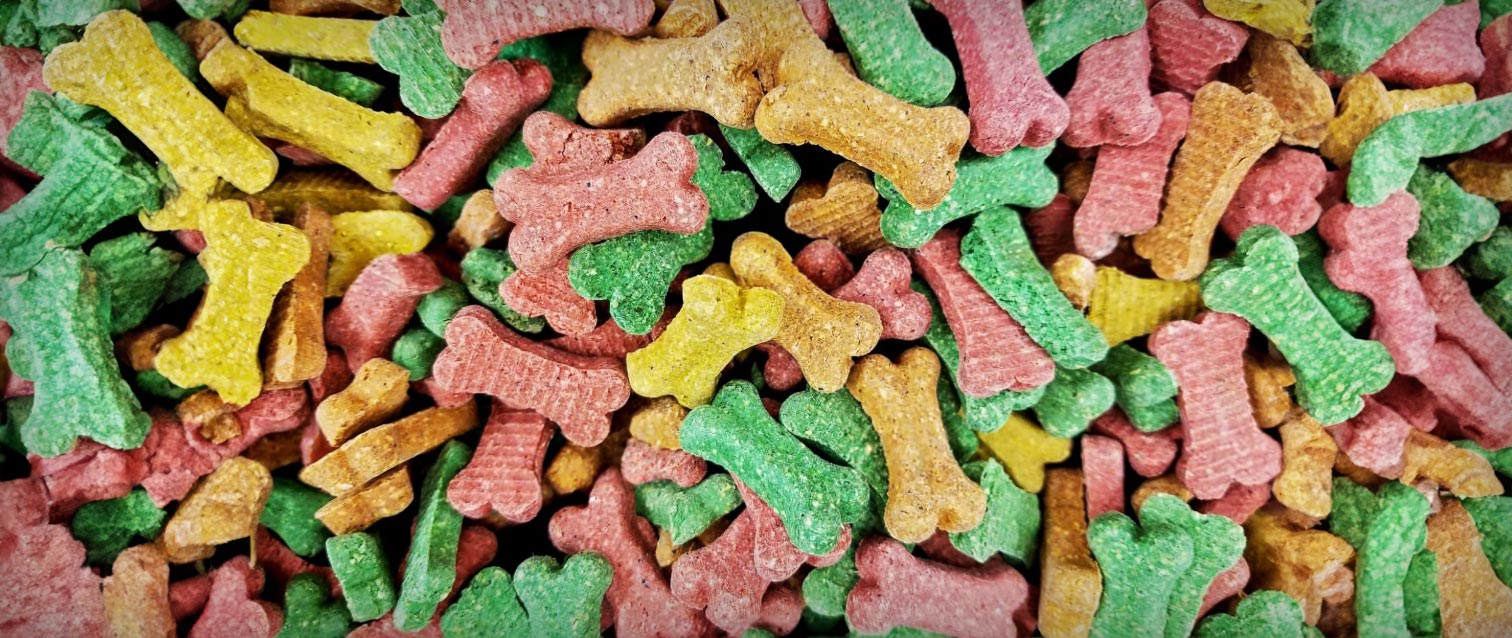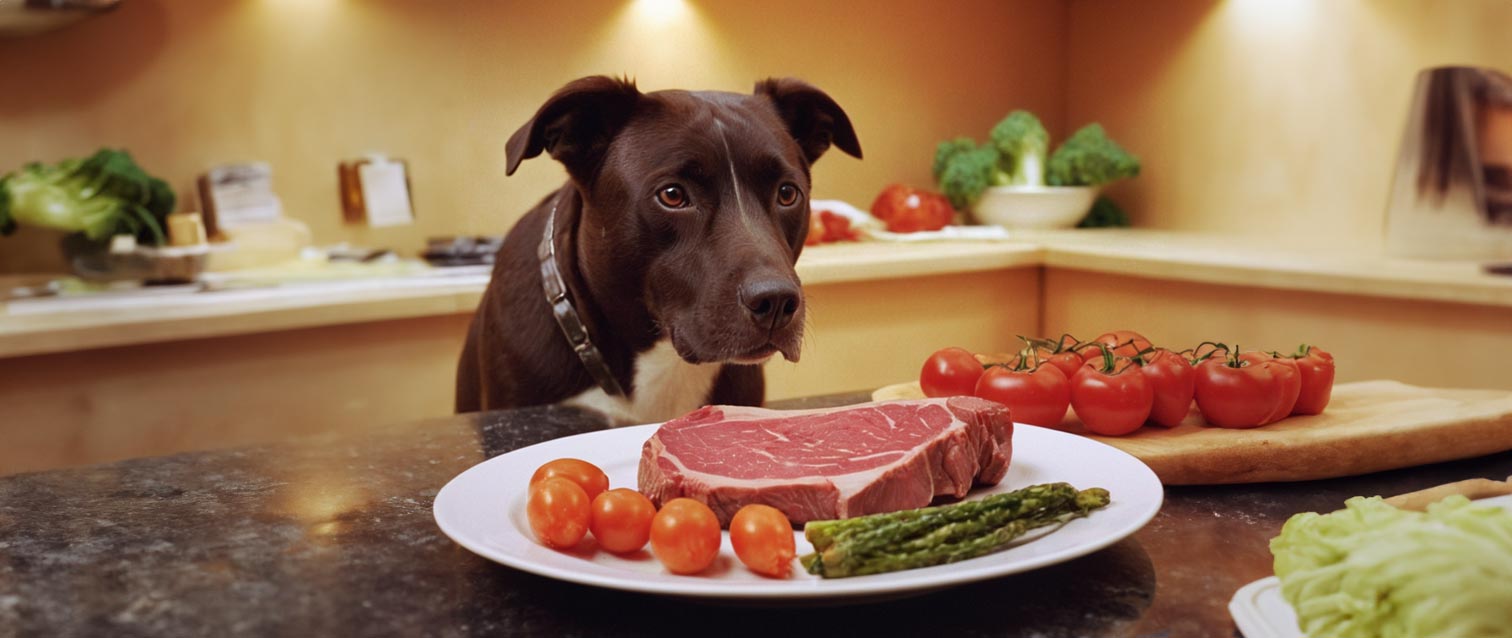
The Truth About Pet Food Coloring and Your Dog's Health
Have you ever wondered if food coloring is safe for your beloved canine companion? It's a question that deserves attention, as the use of artificial and even some natural food dyes can pose potential risks. So, let's take a look at the world of food coloring, FDA-approved additives, harmful colors to avoid, and safe alternatives to ensure our furry friends receive the best!
Understanding FDA-Approved Color Additives:
When it comes to food coloring, there are nine synthetic color additives that have gained FDA approval for use in food, including pet food. Initially derived from coal tar, these colorings are now sourced from petroleum. Some commonly used synthetic dyes include FD&C Blue 1, Blue 2, Green 3, Red 3, Red 40, Yellow 5, and Yellow 6. Manufacturers appreciate their vibrant hues, stability, and cost-effectiveness.
The Controversy Surrounding Artificial Dyes:
Artificial food colorings have been a topic of debate, particularly due to their potential impact on hyperactivity in children. Furthermore, certain dyes may have cancer-causing effects and trigger allergic reactions. It's important to note that artificial food dyes provide no nutritional benefits and possess varying degrees of toxicity. These concerns have prompted some countries to ban specific artificial food dyes, raising further questions about their safety.
Exploring Natural Colors: Safer Alternatives:
To address the need for natural alternatives, the FDA permits the use of "natural" colors in dog foods. These include carmine, annatto, and caramel color. Carmine, derived from insects, has been associated with food allergies and asthma in sensitive individuals. On the other hand, annatto, sourced from achiote tree seeds, offers both flavor and color while potentially providing health benefits. However, caramel color deserves caution as it can produce carcinogenic contaminants when processed with ammonium.
Knowing What to Avoid:
To ensure the well-being of our furry friends, it's essential to avoid FD&C dyes and synthetic beta-carotene. Caramel color, when processed with ammonium, can introduce harmful by-products. When it comes to beta-carotene, it's best to choose versions derived from vegetables rather than chemically synthesized alternatives.
Discovering Safe Natural Colorings:
There are safe alternatives gaining acceptance in the market, including paprika, beet juice, and turmeric. These natural colorings not only add vibrancy but also offer peace of mind, as they are free from harmful effects. While they may be slightly costlier, these alternatives prioritize the well-being of your canine companion and ensure they receive high-quality ingredients.
In conclusion, when it comes to food coloring and your dog's health, it's crucial to be aware of potential risks. Artificial dyes and certain natural options may pose concerns, but safe alternatives are available.



